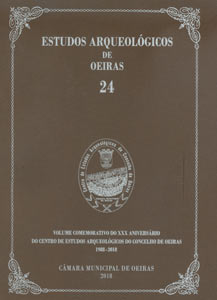Populações megalíticas, missionários megalíticos: a história de uma ideia
Palavras-chave:
history of archaeology, Megalithic Missionaries, Megalithic PeopleResumo
The idea that the megalithic monuments of western and northern Europe were built by a specific group of people who travelled long distances along the Atlantic seaways was first proposed in the 18th century. It remained a dominant concept among 19th century antiquarians and archaeologists and became a feature of diffusionist models of Neolithic cultural interaction in the early 20th century. Opinions on the direction of travel were varied, some favouring a north-south and others a south-north movement of people. The ritual or religious character of these monuments was given particular focus in Gordon Childe’s notion of ‘megalithic missionaries’. Connections with the East Mediterranean also came to play an increasingly prominent role. The development of radiocarbon dating in the 1960s gave rise to different explanations of megalithic origins, emphasising regional sequences and indigenous social change. In recent years, however, novel scientific techniques – stable isotopes, ancient DNA, and improved dating methods – have given unexpected insight into the movement of prehistoric populations. Studies of exotic materials such as variscite and jadeitite have also renewed interest in maritime interconnections during the Neolithic.
Downloads
Publicado
Como Citar
Edição
Secção
Licença
Os artigos publicados são da exclusiva responsabilidade dos Autores.
É expressamente proibida a reprodução de quaisquer imagens sobre as quais
existam direitos de autor sem o prévio consentimento dos signatários dos artigos
respectivos.




